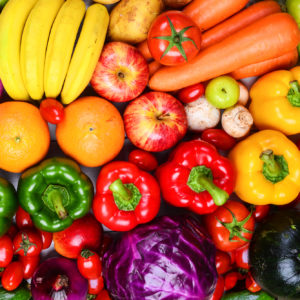

The cause of gestational diabetes is unknown. Thousands of women are affected every year, nearly ten percent of pregnancies in America. We do know that the placenta supports the baby as it grows. Sometimes, these hormones also block the action of the mother’s insulin to her body and it causes a problem called insulin resistance. This insulin resistance makes it hard for the mother’s body to use insulin. And this means that she may need up to three times as much insulin to compensate.
Gestational diabetes can also start when the mother’s body is not able to make and use all the insulin it needs for pregnancy. Without enough insulin, glucose can’t leave the blood and be changed into energy. When glucose builds up in the blood, it’s called hyperglycemia.
Whatever the cause, you can work with your doctor to come up with a plan and maintain a healthy pregnancy through birth. Ask questions. Ask for help. There are many ways to combat gestational diabetes.
(Diabetes.org)


Technically considered a berry, every pomegranate bulb contains upwards of 600 arils (a.k.a. seeds), which have a unique sweet-tart flavor. Good to know, considering the arils are the only part of a pomegranate you eat.
Unlike other trendy foods, pomegranate nutrition is just as legit as its reputation. The winter fruit is packed with polyphenols, powerful antioxidants that help protect your body’s cells from free-radical damage linked to inflammation, signs of aging, and certain cancers. Fun fact: It’s got more antioxidants than green tea!
Admittedly, pomegranate is higher in sugar than other fruits (a cup of raspberries, for example, has only five grams). But it also has a LOT of fiber, which can help keep your blood sugar levels more balanced. Whether you’re pounding pom seeds by the fistful or incorporating them into dishes, they’re the ultimate palate pleaser.
Try out a few of these ideas
- Blend them into a smoothie like you would any berry.
- Toss them into salads to add crunch, texture, and color.
- Sprinkle them over yogurt or oatmeal.
- Use them as garnish for festive holiday cocktails or mocktails.
(womenshealthmag.com)


If you’re trying to manage diabetes, you already know it’s important to keep track of your blood sugar levels. But how do you handle a spike that comes after you eat? It’s called “postprandial” blood glucose, and if you take some simple steps, you can get it under control and help avoid health problems.
Take these tips before and after meals to manage blood sugar spikes after meals.
- Keep blood sugar in check before meals. That way, even if it goes up after you eat, it won’t be so dramatic.
- Watch what you eat. Limit sweets, white bread, rice, pasta, and potatoes. They tend to trigger post-meal spikes.
- The type of fat you eat may play a role, as well. One study shows you may be able to curb blood sugar spikes after you eat if you skip foods with lots of butter and choose a meal made with a little olive oil instead.
- Eat breakfast every morning. Even when you’re in a hurry to get out the door, don’t be tempted to skip it. A study shows that folks with diabetes who don’t eat breakfast get higher blood sugar spikes after lunch and dinner. The ideal morning meal? It might just be one that’s packed with protein. A small study shows that when people ate a 500-calorie breakfast that was 35% protein, their post-meal blood sugar levels were lower than those who started their day with high-carb food. But check with your doctor to see what’s right for you.
- Go for an after-dinner walk. It’s a healthy habit for everyone, but if you have diabetes, it’s also a good way to burn extra glucose from a meal.
(webmd.com)






